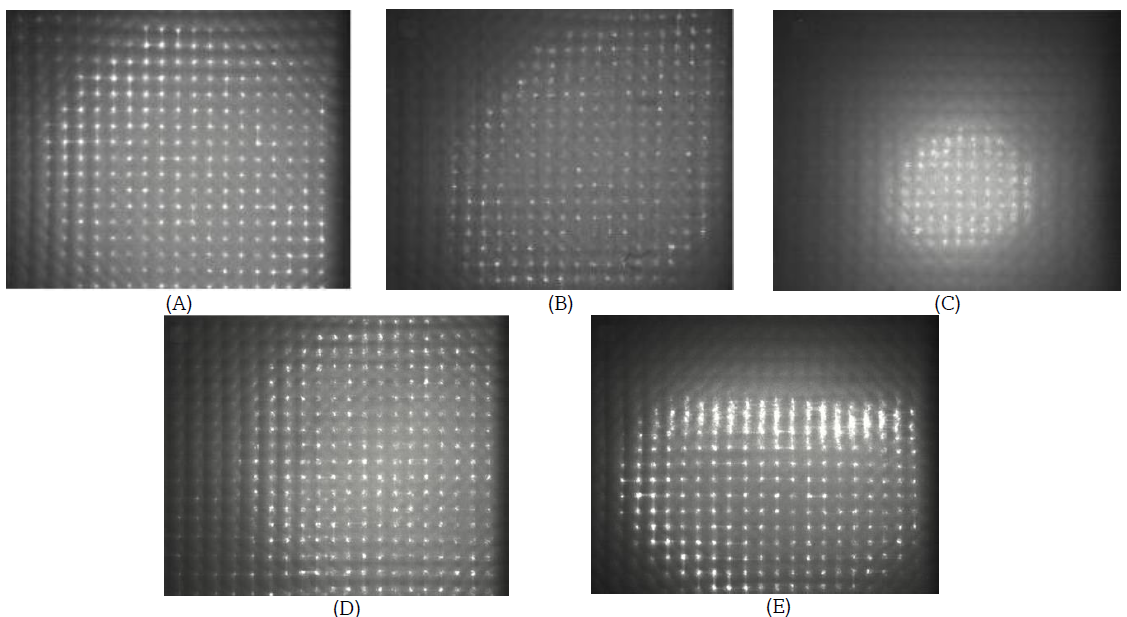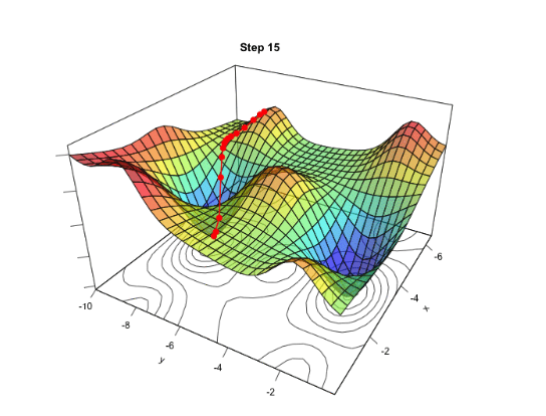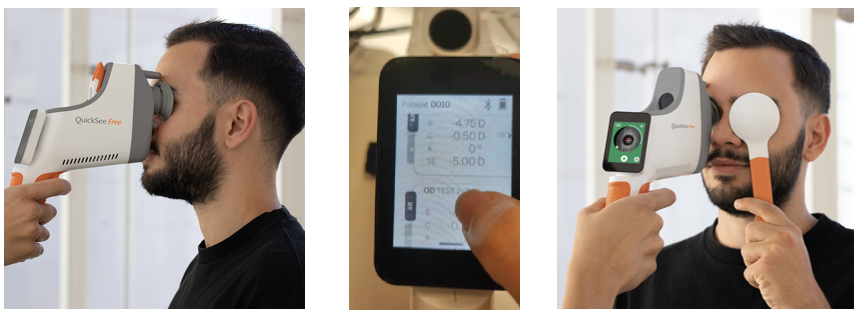| AUTHORS | Carlos S. Hernandez/ PlenOptika / Universidad Autónoma de Madrid |
| SUPERVISORS | Eduardo Lage / Universidad Autónoma de Madrid / PlenOptika Daryl Lim/ PlenOptika |
| TYPE | Tesis Doctoral / Doctorado Industrial |
| ABSTRACT | ABSTRACT
This thesis has been focused on improving access to eyecare through the design and development of portable medical devices that use low cost components, and the implementation of advanced algorithms that allows the detection and diagnosis of different eye diseases. |
| LINK | Confidential content |
Year: 2024
| AUTHORS | Alberto Hernandez Ramos/ PlenOptika / Universidad Autónoma de Madrid |
| SUPERVISORS | Eduardo Lage / Universidad Autónoma de Madrid / PlenOptika Andrea Gil/ PlenOptika |
| TYPE | Trabajo de Fin de Grado Ingenieria de Telecomunicacion |
| ABSTRACT | ABSTRACT
El queratocono es una enfermedad ocular degenerativa que causa distorsión visual al afectar la córnea. La detección temprana resulta crucial, sin embargo, los métodos actuales son costosos e inaccesibles. En este trabajo, se propone un sistema de detección de queratocono accesible y fácil de usar basado en el análisis de imágenes mediante técnicas de aprendizaje automático. |
| LINK | Confidential content |
| AUTHORS | Andrea Gil Ruiz/ PlenOptika / Universidad Autónoma de Madrid |
| SUPERVISORS | Eduardo Lage / Universidad Autónoma de Madrid / PlenOptika Shivang R. Dave/ PlenOptika |
| TYPE | Tesis Doctoral / Doctorado Industrial |
| ABSTRACT | ABSTRACT
At a global level, there is a critical need for technological tools that improve access to vision care to address the most common cause of visual impairment: uncorrected refractive errors. Due to the worldwide shortage of vision care professionals,obtaining accurate prescriptions for glasses that effectively correct refractive errors and restore vision is often a challenge, especially in resource-limited settings. |
| LINK | Confidential content |






